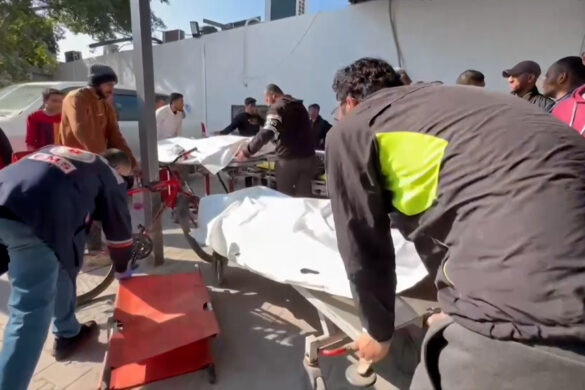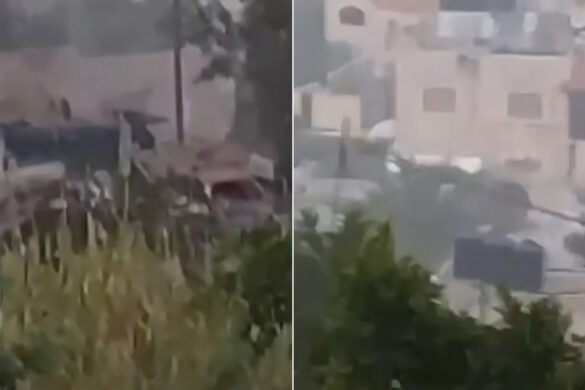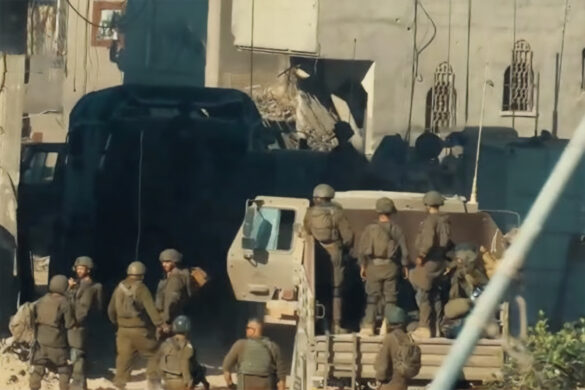On October 7, Hamas launched deadly attacks on southern Israel, provoking a relentless aerial bombardment of the Gaza Strip and a subsequent Israeli ground offensive that killed nearly 15,000 Palestinians.
The war changed the lives of people throughout the occupied Palestinian territories and Israel, a 26,790 km2 (10,345 sq mi) area similar in size to Haiti (27,750 km2/10,715 sq mi) or Albania (28,748 km2/10,715 square miles). 11,100 square miles).
What has changed, however, varies greatly from place to place.
In northern Israel, near the border with Lebanon, sporadic bombings took place throughout the day and most residents were evacuated as tensions with Hezbollah increased.
The remaining residents live near ghost towns and are often heavily armed.
Also among the displaced are residents of kibbutzim and towns in southern Israel, near Gaza. They were moved to hotels, often located in picturesque seaside locations. Five-star hotels along the Dead Sea coast no longer exude a sense of luxury: families spread out into common areas and rooms children play loudly in their new temporary homes.
The seaside resorts of Eilat, a city in southern Israel, located on the Red Sea and sandwiched between Jordan and Egypt, have also been populated by Israeli families coming from the border with Gaza. The city has been the subject of missile attacks by Houthi fighters in Yemen. Israeli warplanes hover over beach bars and posh restaurants as they rush to deal with the threat to the sun-drenched Gulf of Aqaba.
In the occupied West Bank, Israeli raids have killed more than 200 Palestinians while Palestinians living in occupied East Jerusalem have been regularly harassed by the Israeli police and army since October 7. The Palestinians speak of “collective punishment”, in which the Israeli authorities are targeting the Palestinian community during the Hamas attacks, which killed 1,200 people.
Sometimes there are commonalities in the experience of life at war. At other times the contrast is profound, from images of Gaza families without access to clean water, forced to wash in polluted seawater, to volleyball matches and baths of sun further down the coast, on Tel Aviv’s popular waterfront.
In Gaza, bombings have left swathes of the besieged enclave in ruins. In Israel’s cities, regular rocket attacks are largely intercepted by the Iron Dome system. Some people choose to take shelter, while others go about their daily lives.
And then, at other times, the different experiences are less visible but no less profound: scratch beneath the surface and the tensions are palpable. Palestinians living in Israel can go about their daily lives but speak privately of being silenced, unable to express solidarity or even sympathy for the people of Gaza.
Here’s a glimpse of life at war.




